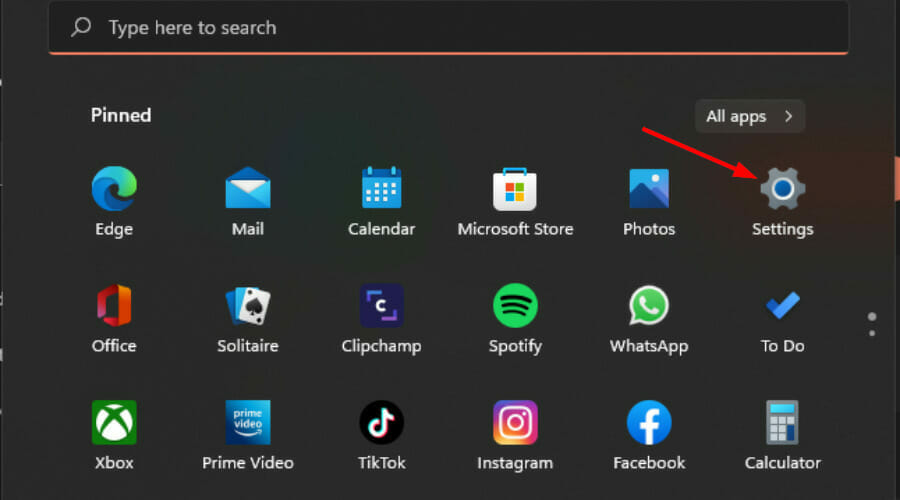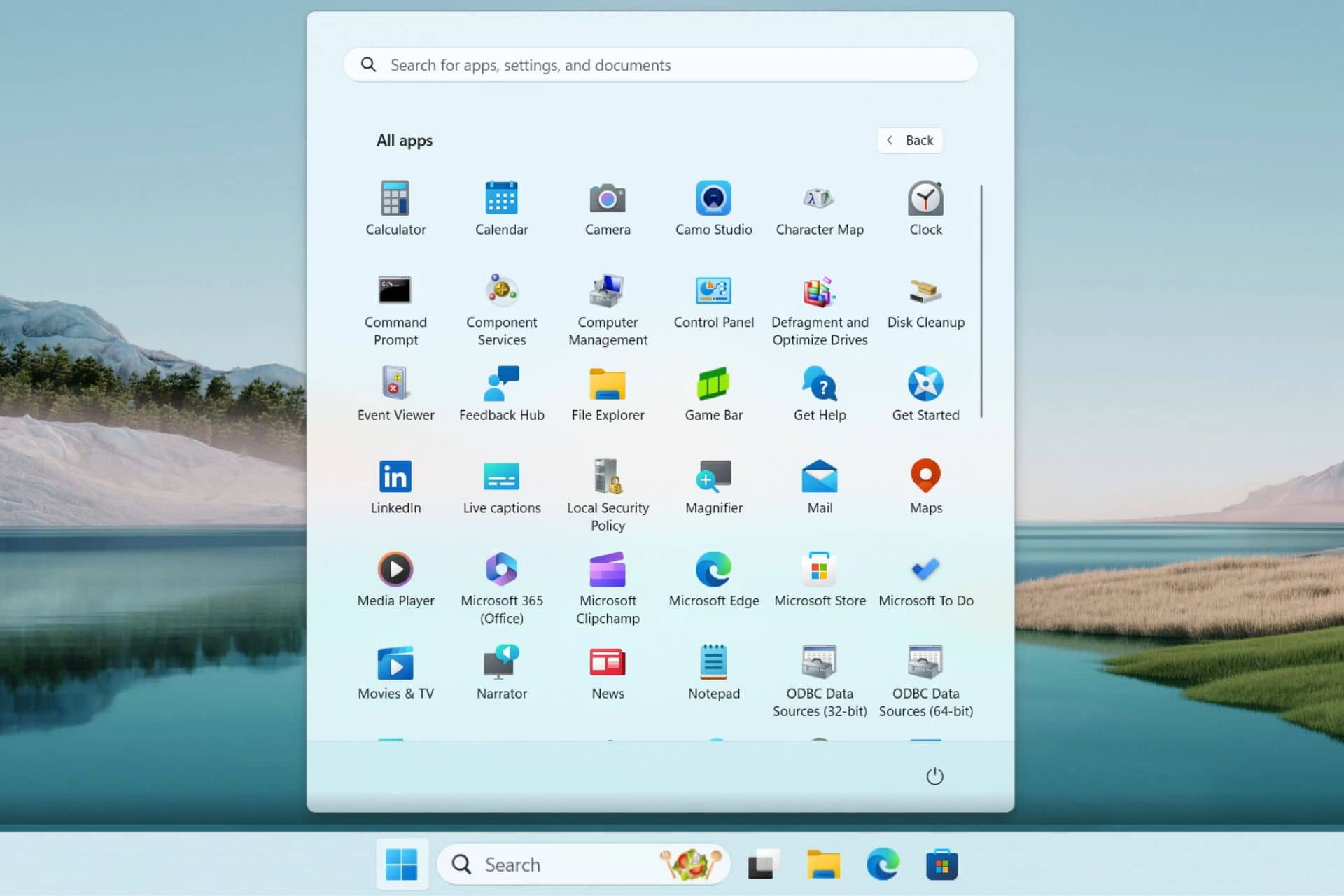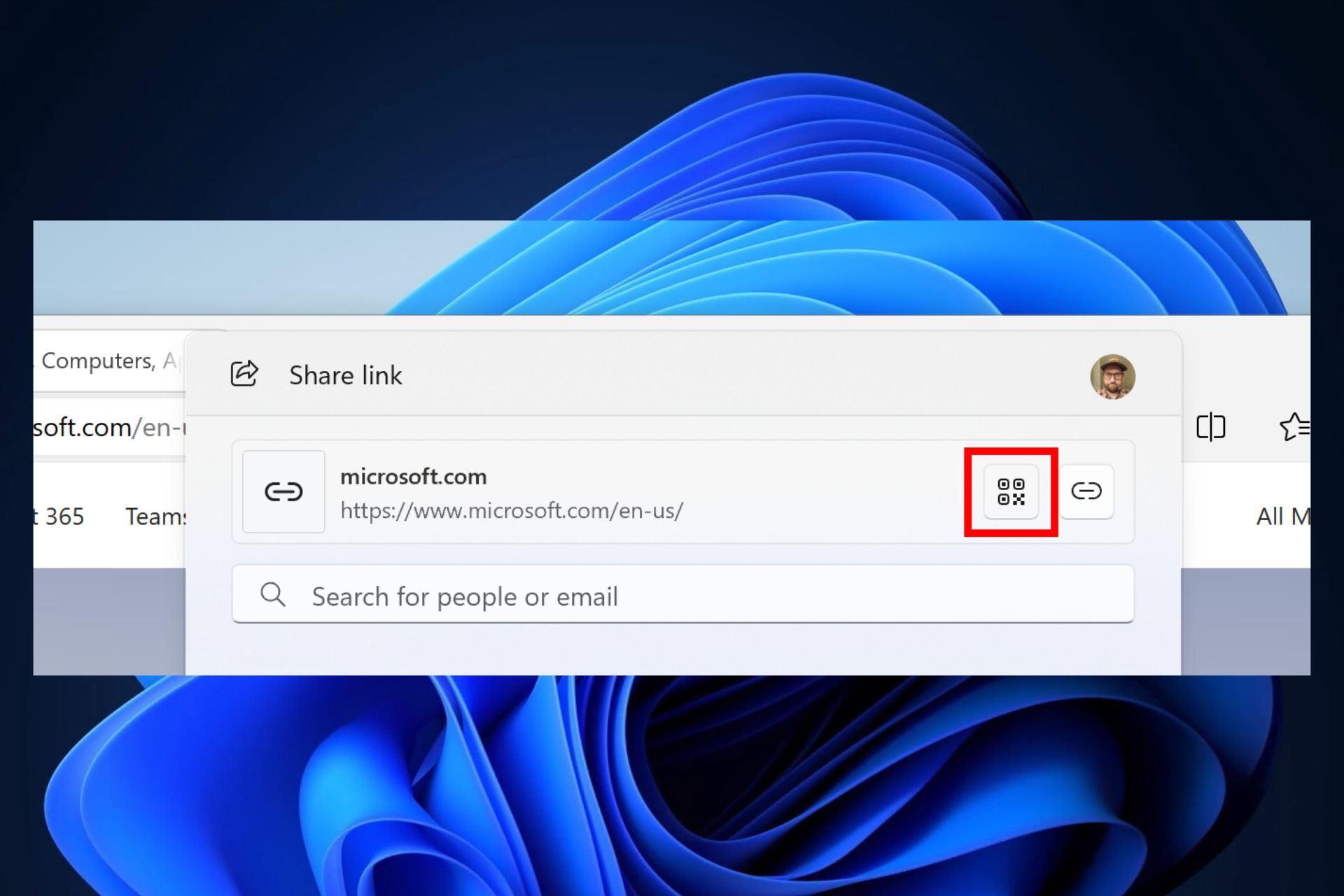Missing DLL Files in Windows 11? Install Again & Fix Errors
Run regular Windows Update to get the latest DLL files
4 min. read
Updated on
Read the affiliate disclosure page to find out how can you help Windows Report effortlessly and without spending any money. Read more
Key notes
- Dynamic Link Library (DLL) files are an essential component of Windows and many of the programs and applications on your computer.
- Because DLL files exist in different versions and don’t contain any instructions, they can sometimes be difficult to find or corrupted.
- Sometimes, a simple reboot will fix the problem. Other times, it may take several attempts to correct the issue.

If your Windows 11 is missing DLL files, or they have been altered or deleted by accident, you must replace them with a new copy of the original file.
DLL files are Dynamic Link Library files. The primary role of such files is to free up space and enable efficient memory management. In simpler terms, these files allow you to run multiple programs or applications simultaneously.
What causes a missing DLL?
DLLs are integral to the Windows 11 OS and may go missing for various reasons. The top reasons include the following:
- Accidental deletion – While this is not the most common reason, users have been known to have deleted DLL files in error.
- Hard drive failure – If you have a faulty hard drive, there are chances that some of these files will go missing. You should use the best hard drives on your Windows 11 devices.
- Uninstallation or installation – Some associated DLLs may also go missing when specific programs are uninstalled like the ProductInfo.dll and new installations may override existing DLLs.
- Malicious programs – When you do not use compatible Windows 11 antivirus apps, a malicious program may delete some important DLL files.
The good news is that you can solve this problem quickly with the right tools and techniques. This step-by-step guide will show you how to fix the missing DLL files error on your PC.
What can I do if my Windows 11 is missing DLL files?
1. Use a third-party DLL fixer
Firstly, you can choose a method to fix the most typical issues on your Windows 11 PC, including missing DLL problems.
Specialized system repair tools are equipped with powerful scanning tools that will detect the problematic file and try to fix or download a fresh one.
2. Update your OS
- Hit the Windows + I keys to open Settings.
- Select Windows Update on the left pane.
- Click on Check for updates.
- Restart your PC once the updates finish installing.
3. Scan your system
- Hit the Windows key, type cmd in the search bar, and select Run as administrator.
- Type the following command and press Enter: DISM.exe /Online /Cleanup-image /ScanHealth
- Wait for the process to finish, then type in the following command:
sfc /scannow - If any corrupted files are detected, you will see the following message: Windows Resource Protection found corrupt files and successfully repaired them.
- Restart your PC and see if the problem persists.
4. Update drivers
- Press the Windows key, type Device Manager, and select Open.
- Navigate to Print Queues or any other categories with a yellow sign, right-click on your printer, and select Update Driver Software.
- Select Search automatically for updated driver software.
- Restart your PC and check if the Windows 11 missing DLL files problem is solved.
The good news is that you can often update the device driver to fix the DLL problem. However, finding the exact driver for your DLL-related hardware device can be extremely difficult, even directly on Microsoft or a related manufacturer’s websites.
Even if you are experienced at finding, downloading, and manually updating drivers, the process can still be time-consuming and requiring. Installing the wrong driver or simply an incompatible version of the right driver can worsen your problems.
That is why we recommend using tailored driver software that automatically finds, downloads and updates the drivers for you.
Remember to protect your system with antivirus solutions to help you keep malware and viruses at bay. The solutions remain the same in all cases, say when winmmbase.dll is missing or OneSettingsClient.dll.
That brings us to the end of what to do when you encounter missing DLL files. Please let us know which solution came to your rescue in the comments section below, and share any tips and tricks you picked up in the process.


















